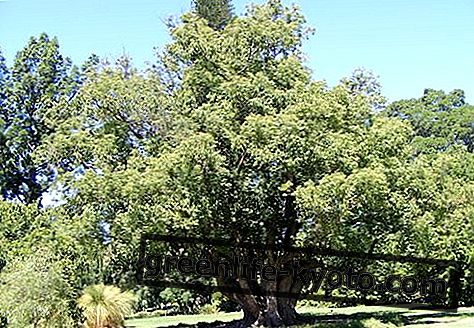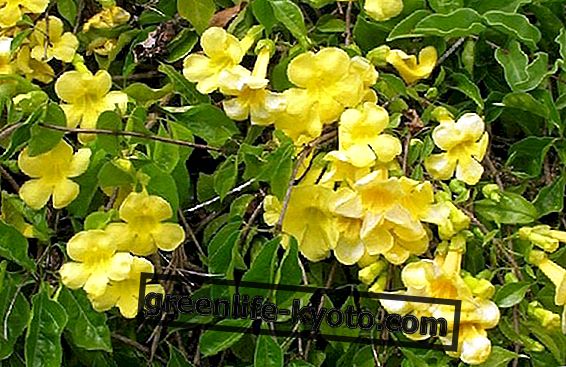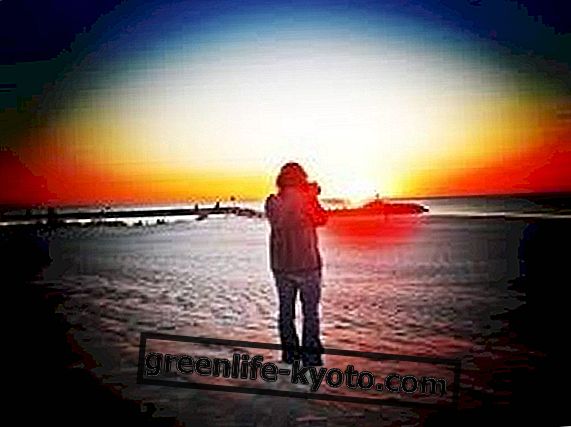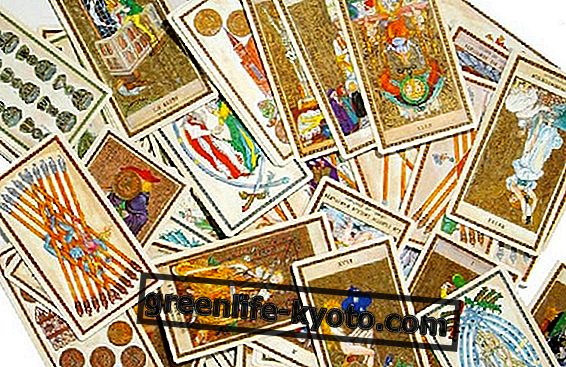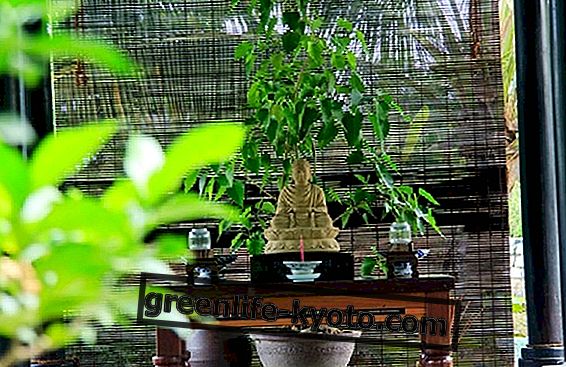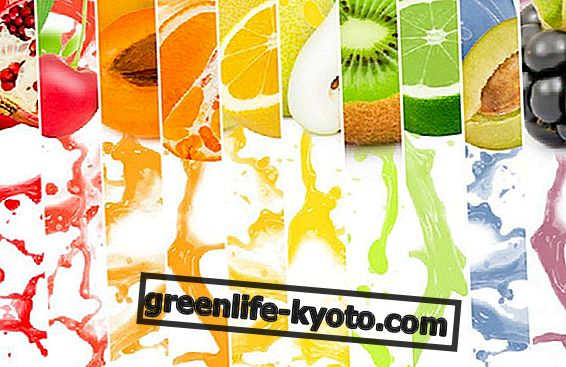
Studying the evolutionary processes we discover that the geographical barriers are one of the fundamental elements for the birth of new species: mountains, deserts, forests and, above all, islands, separate the individuals of a single species pushing them towards a marked diversification.
This is what happened to the island of Japan, where martial arts from the Asian continent found a special place of incubation.
In ancient Japan there was a caste system, according to which only a specific caste, the samurai, was allowed to use weapons .
This had two effects on martial arts: the first is the improvement of many martial styles by the samurai ; the second is the development of martial arts that do not involve the use of weapons by the lower castes, such as the Okinawan peasants who gave birth to Karate and minor martial arts based on the use of those that were work tools (sticks, tonfa, nunchaku, etc).
The main Japanese martial arts
The Japanese martial arts that have had greater development both at home and outside national borders are without a doubt Karate, Judo and Jujitsu .
Karate was born on the island of Okinawa, from a typical fighting style born of some Chinese martial influences. It is based on punches and kicks, most of the times single and not in combination, since all the energy produced is focused on a single shot that at the time had to be able to hurt an opponent protected by armor. A fundamental element of Karate is the refined sense of timing that distinguishes its practitioners.
Judo is the sports version of Jujitsu or "gentle art", which was the martial art practiced by the samurai once unarmed : it was useless to punch and kick an opponent with armor, so it was important to know how to land, dominate, subdue, especially through strangulation and joint levers. Judo mainly develops projections and imbalances, focusing less on submissions.
The least practiced martial arts in Japan
Japan is not only Karate and Judo: in addition to the aforementioned we have the Sumo, a folkloristic and ritualistic fighting style, and Aikido, an art created by Ueshiba, which is based on moving in harmony with the aggressor and winning it without opposing force, especially thanks to projections and levers in the joints.
Even less well known are the martial arts based on the use of weapons, such as Ninjitsu, which uses unconventional weapons such as shurikens and kunai ; Kendo, an ideal art to develop reflexes that includes a wooden sword to simulate samurai fighting; the Iaido, or art of extracting the sword from the sheath; the Kyudo, the famous art of archery .
Martial arts: which ones to choose?
Distinctive features of Japanese martial arts
What are the main components of the Japanese character that are mostly reflected in the martial arts becoming a sort of common point between each of them?
First of all, good repute and courtesy at the limits of formality: being kind without being subdued, being humble without being humiliated, being upright and honest without being bullied.
Japanese martial arts are never disconnected from an inner search for peace, immovability and a state of consciousness made of harmony where the fight ceases to be one.
Furthermore it is fundamental:
> developing initiative and timing as the basis of combat;
> study both the "hard" arts that foresee the use of force against force, and the "soft" arts based on sensitivity and reactivity;
> emphasize loyalty, honor, courage, the meaning of sacrifice.
> Kokoro, or positive attitude, good character, avoid harming if possible.
> Aiki, to become one with the opponent and to fight with harmony going beyond the concepts of victory and defeat.


